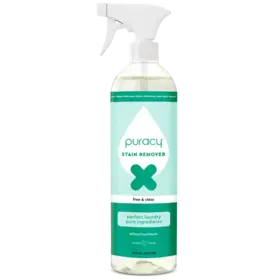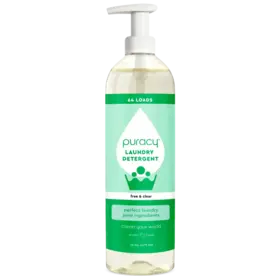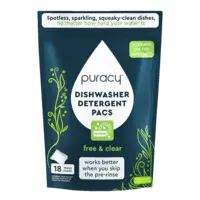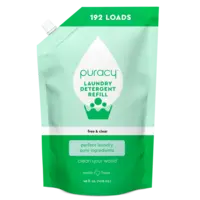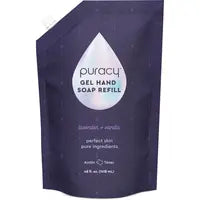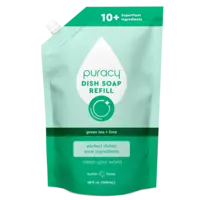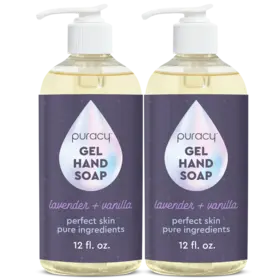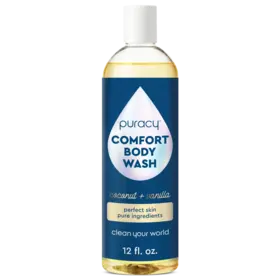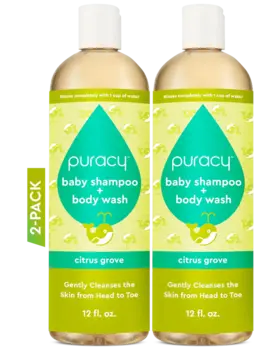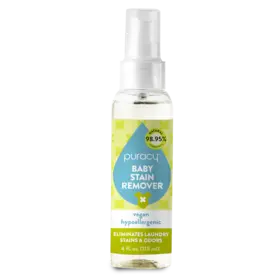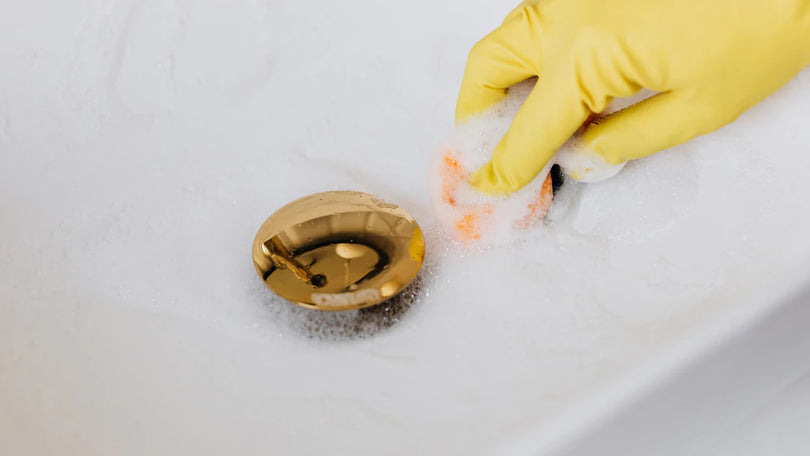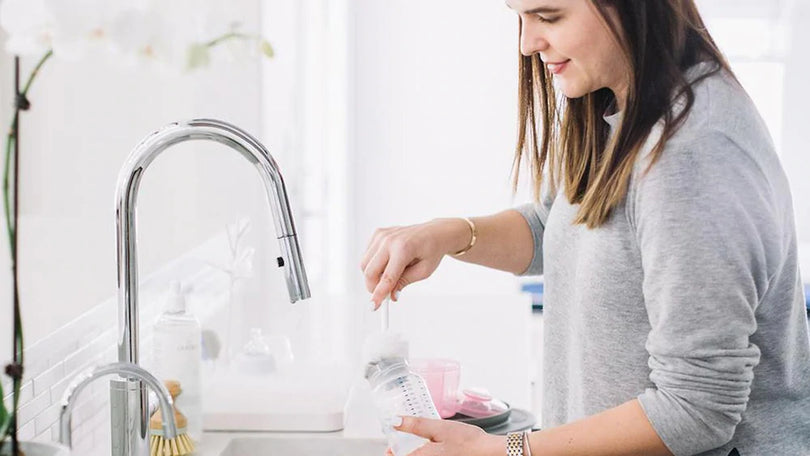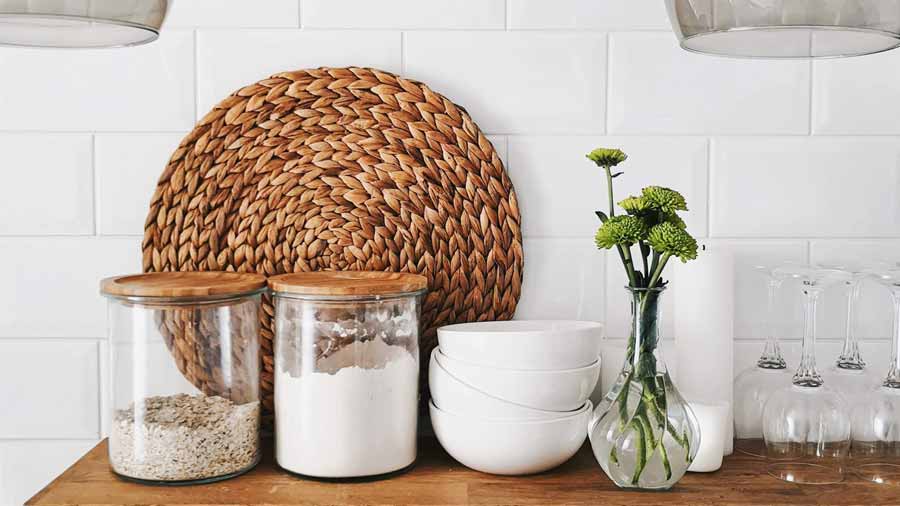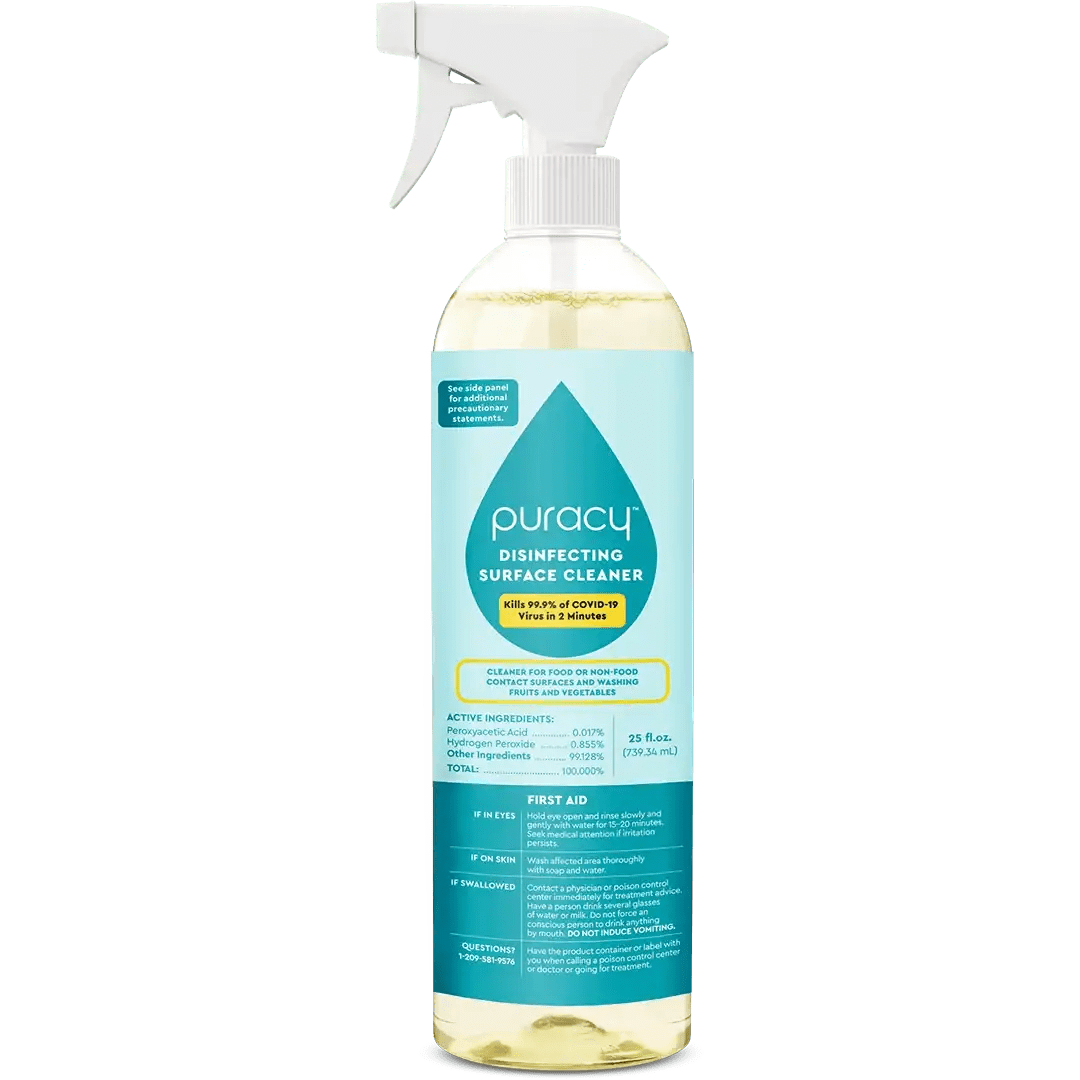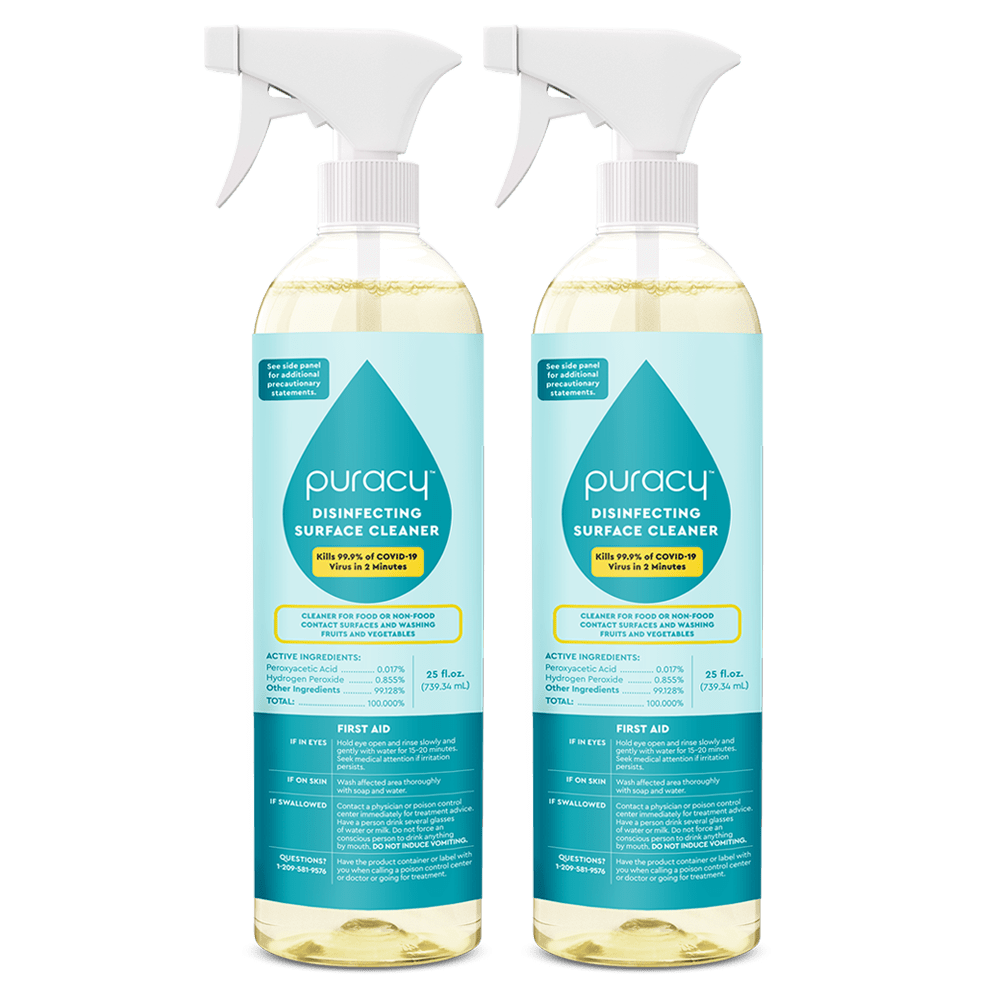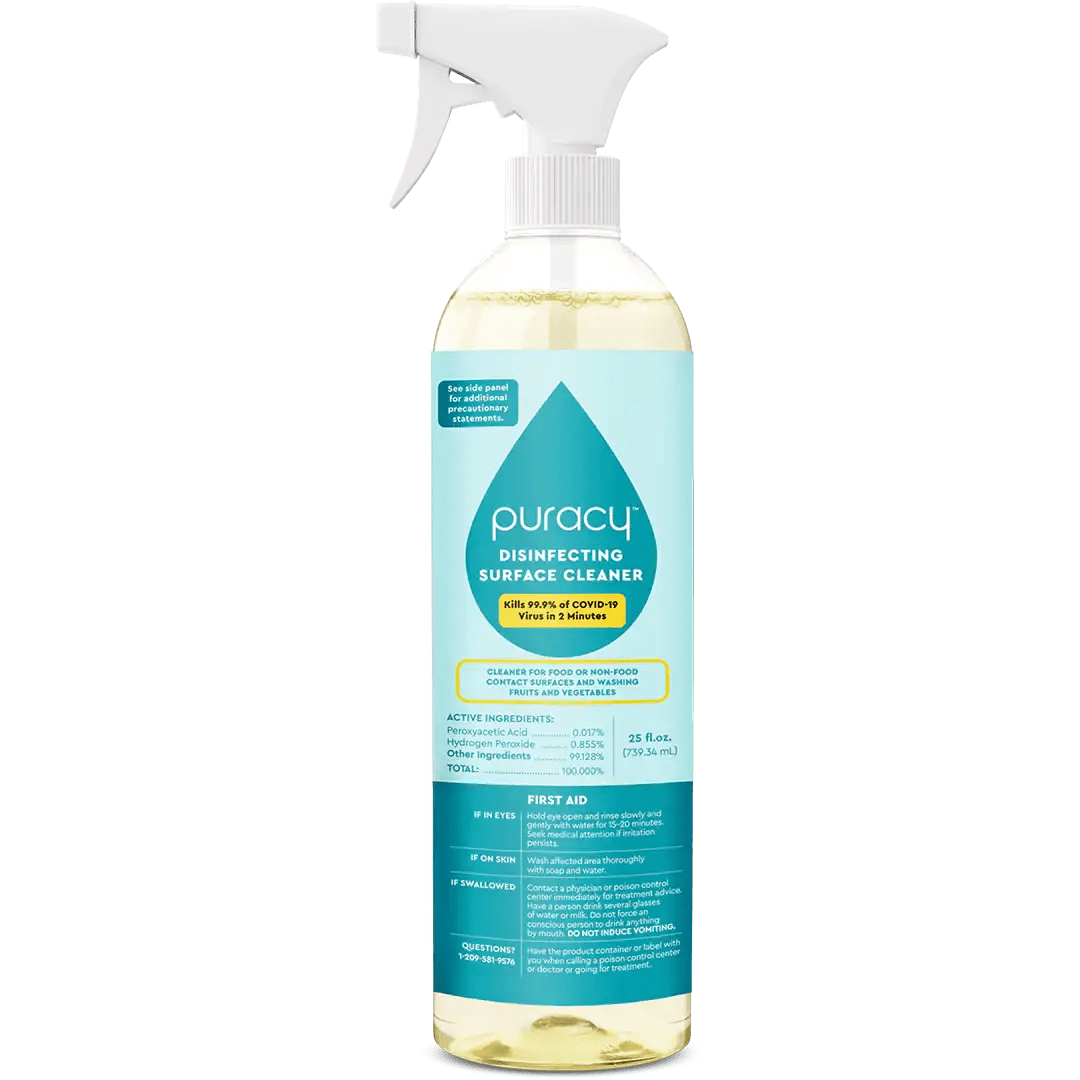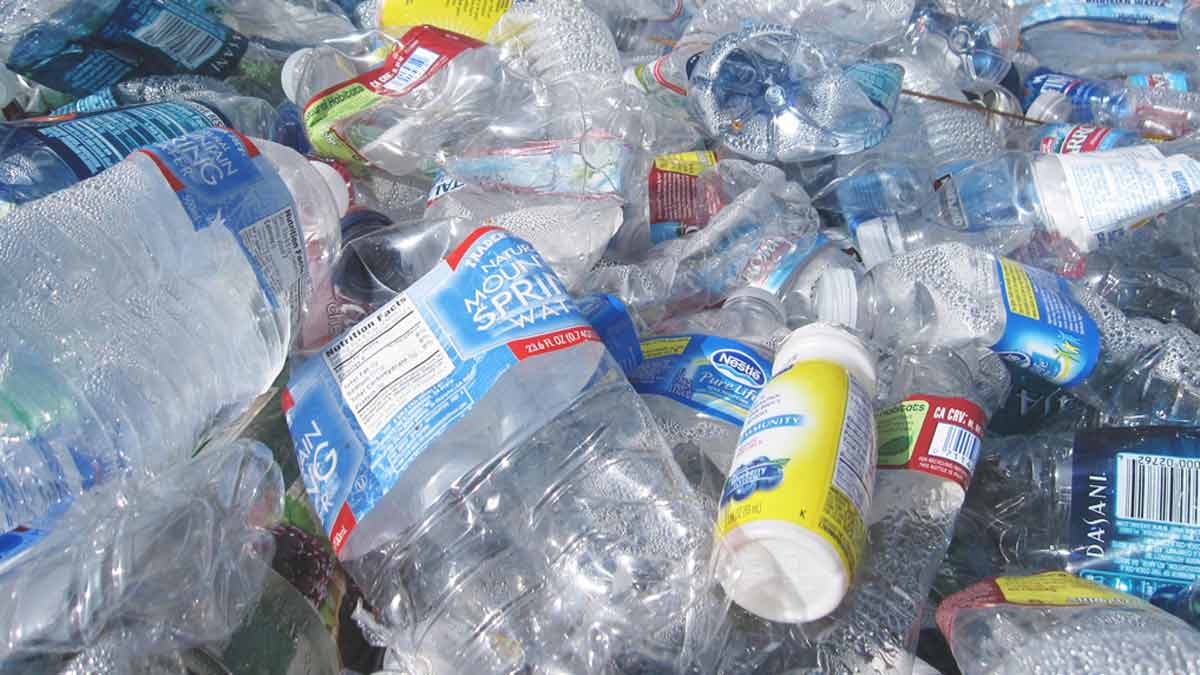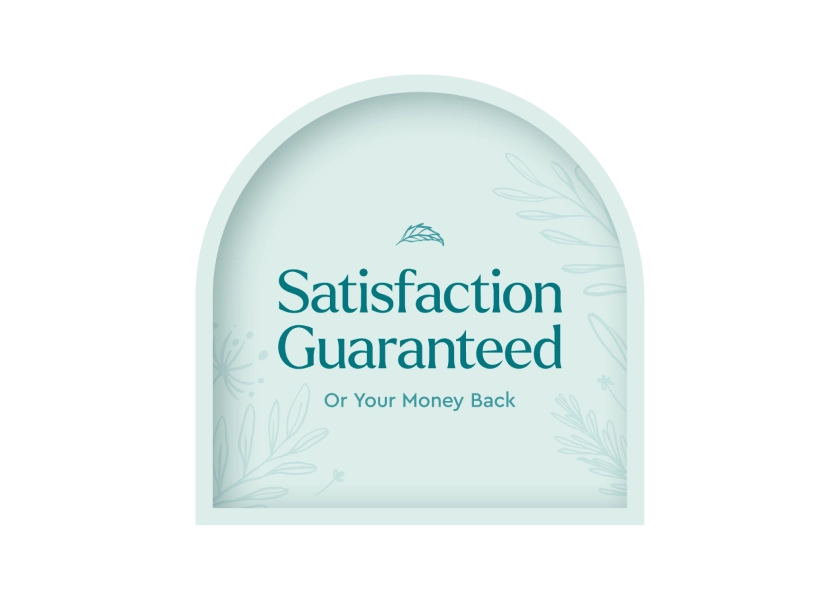Written by Tenley Haraldson. Reviewed by Sean Busch.
Whether you're tackling DIY projects or doing a top-to-bottom clean, you're undoubtedly using an array of chemicals in the home.
While many of the substances contained in these products are approved for consumer use by government agencies (like the FDA and EPA) that doesn’t necessarily mean you want to risk exposure.
So what is lurking in cabinets and under sinks?
1. Perfluoroalkyl Substances (PFAS)
Perfluorooctanoic acid (PFOA) and perfluorooctane sulfonate (PFOS) are two widely-used perfluorinated chemicals that are often used in coatings to resist grease, oil, water, and stains.
What Products Contain PFOA and PFOS?

Waterproof, stain-resistant, and even nonstick items around your home use PFAS, like baking pans, stain-resistant carpeting, and waterproof clothing. You can even find PFAS in shampoo, body wash, and makeup!
How to Avoid PFOA & PFOS
Until more research is done, it’s wise to avoid PFOAs whenever possible. Opt for dishes, pans, and pots made out of cast iron, copper, ceramic, stainless steel, and glass.
Another way to reduce PFOA exposure? Filtering your water with a water pitcher investing in a reverse osmosis water filtration system that continuously monitors your water quality.
2. Formaldehyde

Formaldehyde is a highly-flammable, colorless chemical used in a wide range of household products. It can be absorbed via inhalation, topical contact, or even ingestion of foods and drinks that contain it.
Note: Even if formaldehyde isn't an ingredient, chemical reactions in a variety of products can create formaldehyde releasers.
Side Effects of Formaldehyde Exposure
Workers regularly exposed to formaldehyde cleaning products showed a clear link between exposure and a host of health problems including:
- Asthma
- Eye, nose, & upper respiratory irritation
- Nerve palsy
- Cancers including leukemia
- Decreased white blood cell count
In 2011, the US government officially classified formaldehyde as a carcinogen.
How to Reduce Formaldehyde Exposure

When used as an antibacterial agent and preservative, formaldehyde can be found in nail polishes, soaps, shampoos, deodorants, and body lotions. Choose natural personal care brands that utilize plant-based ingredients that extend shelf lives (like propanediol).
Formaldehyde is often used to make construction materials like cabinets, furniture, and paneling. Choose wood products that are CARB-compliant (either phase 1 or 2), or made with ULEF (ultra-low-emitting-formaldehyde) or NAF (no-added-formaldehyde).
If exposure is unavoidable, increase ventilation by opening windows and running fans. Humidifiers and air conditioning units should also be used to reduce humidity and maintain cooler temps, as heat increases emissions from formaldehyde-containing materials.
3. Parabens

Parabens are cheap, effective preservative agents in various personal care items. They help prevent the growth of mold and other organisms and extend shelf lives.
Where to Find Parabens
Parabens are used in a wide variety of products, including:
- Hair care products
- Makeup
- Lotions
- Moisturizers
- Shaving creams
- Skin cleansers
- Preserved foods
- Medications
Paraben Safety

Recent research has found potential links between paraben exposure and multiple health concerns:
- Male rats exposed to high levels showed reproductive complications.
- Pregnant women increased their chance of giving birth to female infants with a higher body mass index.
- There is a potential connection between parabens and breast tissue tumors. At the time of publication, however, there were no definitive links between the two.
How to Select Paraben-Free Products
Avoiding parabens doesn’t have to mean buying products with shorter shelf lives. Puracy chooses only to use paraben free cleaners which contain plant-based preservatives like:
- caprylyl glycol: a coconut-based preservative
- gluconolactone: a food-grade preservative
4. Bisphenol A (BPA)

Bisphenol A (BPA) is used to produce different types of resins/plastics that can be found in medical devices, can lining, and plastic food and drink containers.
Since BPA in plastics can leach into the food and liquids, they can then be ingested by humans. This is especially true when these products are heated. Research also shows a link between exposure and endocrine disorders, infertility, and certain types of cancers.
How to Find BPA-Free Plastic
There are plenty of BPA-free alternatives that are easy to find. Avoid “recycle number” 7 items which may contain bisphenol A. Instead, opt for safer plastics numbered 1, 2, 4 or 5. If you’re unsure, avoid plastics when possible and instead opt for reusable items made from glass, stainless steel, and wood.
5. Phthalates

Phthalates are synthetic chemicals primarily used to make plastics more flexible and tougher to break. Phthalates are also used as dissolving agents for other chemicals, especially in synthetic fragrances.
A lot is still unknown about how phthalates affect the human body. Certain phthalates, however, have been linked to altered hormone levels and birth defects in rodents.
Which Products Use Phthalates?
Phthalates are used in hundreds of different consumer goods including:
- Cosmetics and personal care products (like soaps, lotions, & shampoos)
- Household cleaners
- Food wraps, cups, & containers
- Children’s toys
- Medical devices
- Vinyl wall and floor coverings
Phthalate Free Products: How to Find Them
Phthalate Free Products: How to Find Them
Look for the following acronyms that identity their chemical structure:
- DBP: dibutyl phthalate
- DEP: diethyl phthalate
- DMP: dimethyl phthalate
However, manufacturers aren’t required to disclose ingredients in a product’s “fragrance." Purchase products from companies with transparent ingredient lists, look for “phthalate-free” labels, and use this handy chart to identify safe plastics by number:

6. Dimethicone
![]()
Dimethicone is a man-made silicone that improves spreadability, adds moisture without heaviness, and gives products that “soft-to-the-touch” feeling.
While dimethicone isn't unsafe for topical use – and it’s FDA-approved in certain concentrations – it isn't biodegradeable. The National Center for Biotechnology recommends reducing the use of dimethicone and other low molecular weight silicones.
Dimethicone Alternatives
![]()
Look for products that nourish and smooth with biodegradable ingredients like jojoba oil, shea butter, and aloe vera. When reformulating our Natural Shampoo, we reached for LexFeel N5, a 100% biodegradable, plant-based ingredient that enhances hair texture and shine.
7. Synthetic Pesticides
Pesticides kill or repel unwanted organisms that are considered to be harmful to cultivated animals and/or plants. In some cases, organic, naturally-derived substances work just as well to remove fungus, insects, and rodents. However, when those aren’t effective, synthetic chemical pesticides may be introduced.
The most common types of synthetic pesticides include:
- Carbamates: made from carbamic acid
- Organochlorines: contain chlorinated aromatic molecules
- Organophosphates: produced by the reaction of alcohols and phosphoric acid
- Pyrethroids: manmade pesticides that mimic botanical pyrethrins derived from flowers
Are Synthetic Pesticides Harmful?
Toxicity to humans depends on the specific synthetic pesticides used and the exposure level. However, certain common pesticides have been linked to serious, chronic health problems including:
- Alzheimer’s Disease
- Birth defects in pregnant women
- Leukemia (and other cancers)
- Parkinson’s Disease
Synthetic Pesticides Commonly Found on Produce

Fruits and veggies are the most common sources of synthetic pesticides. To reduce exposure, buy local and organic whenever possible. Always wash fruits and vegetables before eating – especially the “dirty dozen” like apples, strawberries, and grapes.
Pro tip: Our Disinfecting Surface Cleaner has been approved for use as a fruit and vegetable wash in commercial organic food facilities. Spray raw, fresh fruits, vegetables, and herbs with a liberal amount of this product, wait for one minute, and rinse.
Consider growing your own produce with natural pest control. For pesticides outside the home, use a pump and wand sprayer on a windless day. Focus on exterior bases/corners of exterior doors and windows to keep these chemicals outside.
8. Glycol Ethers
Glycol ethers are solvents that dissolve other substances to form a solution. Both colorless and flammable, they're used as colorants, plasticizers, and lubricants. Some glycol ethers are neurotoxins.
Where Glycol Ethers Are Found

Glycol ethers are used as solvents in a variety of products including paints, lacquers, dyes, perfumes, liquid soaps, and cosmetics.
The most commonly used glycol ethers are:
- 2-Methoxyethanol
- 2-Ethoxyethanol
- 2-Butoxyethanol.
Are Glycol Ethers Safe?
When it comes to home and beauty products, glycol ether exposure can cause both acute and chronic health problems such as:
- Anemia
- Fatigue
- Liver and kidney damage
- Narcosis
- Nausea
- Pulmonary edema
Scientific research also suggests a correlative relationship between prenatal exposure and cerebral changes resulting in neurodevelopment issues.
9. Ammonia

Ammonia (ammonium hydroxide) is a colorless gas with a distinct, pungent odor. Ammonia is considered extremely corrosive and is one of the most notorious household neurotoxins.
While most ammonia is produced for fertilizers, it can also be used in plastics, textiles, and dyes. In the home, it's typically found in glass, toilet bowl, and oven cleaners.
Potential Effects of Ammonia Exposure

Although it is a naturally occurring substance, high concentrations of ammonia exposure can result in:
- Burning of the nose, throat, and respiratory tract (when inhaled)
- Corrosive damage to the mouth, throat, and stomach (if ingested)
- Skin and eye irritation (upon contact)
Additionally, mixing ammonia with other substances (such as bleach) can be extremely dangerous, causing respiratory system damage and even death.
10. Triclosan

Triclosan is an antibacterial and antifungal agent added to products like body washes, toothpastes, cosmetics, dishwashing liquids, clothing, toys, and even furniture. Most people encounter triclosan in antibacterial hand soaps and hand sanitizers.
Effects of Triclosan Exposure
Animal studies show that symptoms of triclosan exposure include altered hormone regulation, immune system disruption, and the development of antibiotic-resistant germs.
In 2017, the FDA determined that triclosan was ineffective for antiseptic products used in health care settings. The agency went a step further to ban triclosan-containing antiseptic washes, lotions, and gels from being marketed to consumers (though these products can still be found).
Choose Effective, Plant-Based Cleaners & Body Products
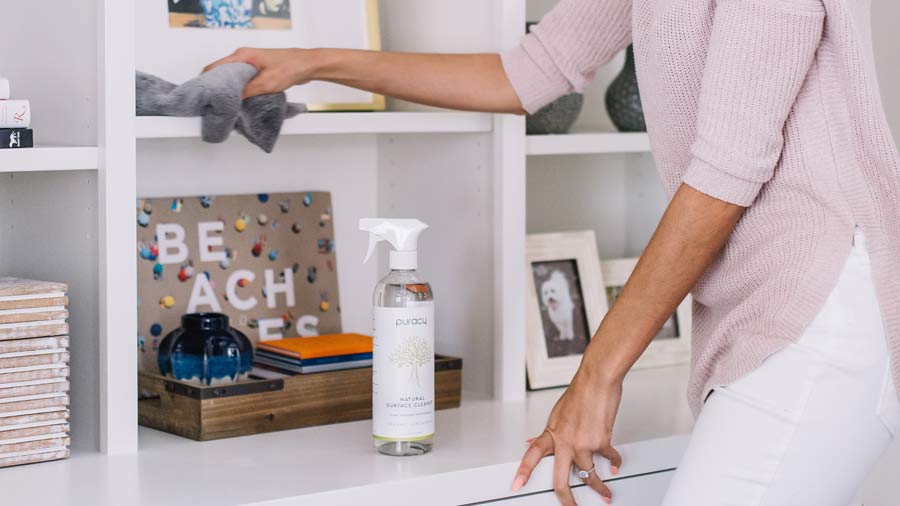
Puracy works with PhD biochemists and cleaning experts to develop safe and effective formulas for your entire home. You don't need to spend hours looking for paraben free cleaners or phthalate free shampoo: Our plant-based items are developed to work really, really well.

